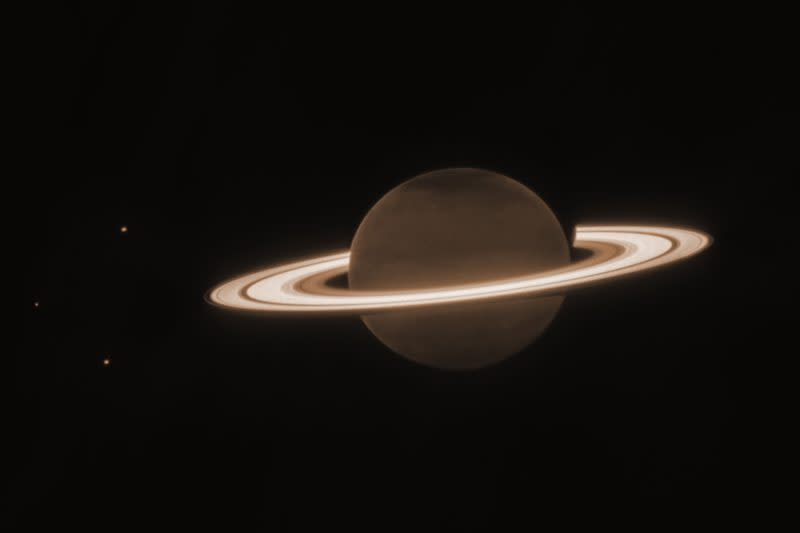Saturn’s awe-inspiring rings will ‘disappear’ in 2025: Here’s why

(WTAJ) — One of the most awe-inspiring sights in our solar system, Saturn, is about to lose its iconic look.
Well, sort of.
As Saturn dances in the night sky, it tilts on an axis, much like Earth. The planet takes 29.4 Earth years to complete an orbit around the sun. It rotates quickly, though, making a day on Saturn only 10.7 Earth hours, according to NASA.

While it’s known to scientists that Saturn’s rings are slowly (as in over the next millions of years) being pulled into the planet’s atmosphere, 2025 will be a bit different.
What’s happening to Saturn’s rings?
Saturn is transitioning and as its tilt changes, it will align the edge of its rings directly with Earth. Think of it as trying to see a piece of paper edge-on from the opposite endzone of a football field.
Fear not, though. Saturn will continue its celestial dance and by the year 2032, it’s predicted the transition will give us a marvelous look at the underside of its rings, according to Space.com.
Northern lights could ramp up next year, and so could these strange occurrences
This event happens roughly every 15 years, according to NASA. We’ll cross Saturn’s ring plane on March 23, 2025, specifically, but there can be anywhere from one to three crossings per half-orbit of Saturn.
While Saturn’s rings will seemingly “disappear” in two years, we won’t have an entirely “ringless” view until the “triple passage” in 2038 and 2039. According to NASA, on October 15, 2038, and April 1 and July 9, 2039, we’ll experience “favorable ring plane crossings” that will make Saturn appear even more ringless.
NASA predicts large asteroid impact could be in Earth’s future
While we won’t be able to see Saturn’s rings in 2025, this cosmic event should offer a great view of many of Saturn’s 146 moons.
Speaking of moons, scientists with NASA believe the mass of moons orbiting the planet is what causes the tilt of Saturn to alter and it will continue to happen over the next billion years.
For the latest news, weather, sports, and streaming video, head to Queen City News.

